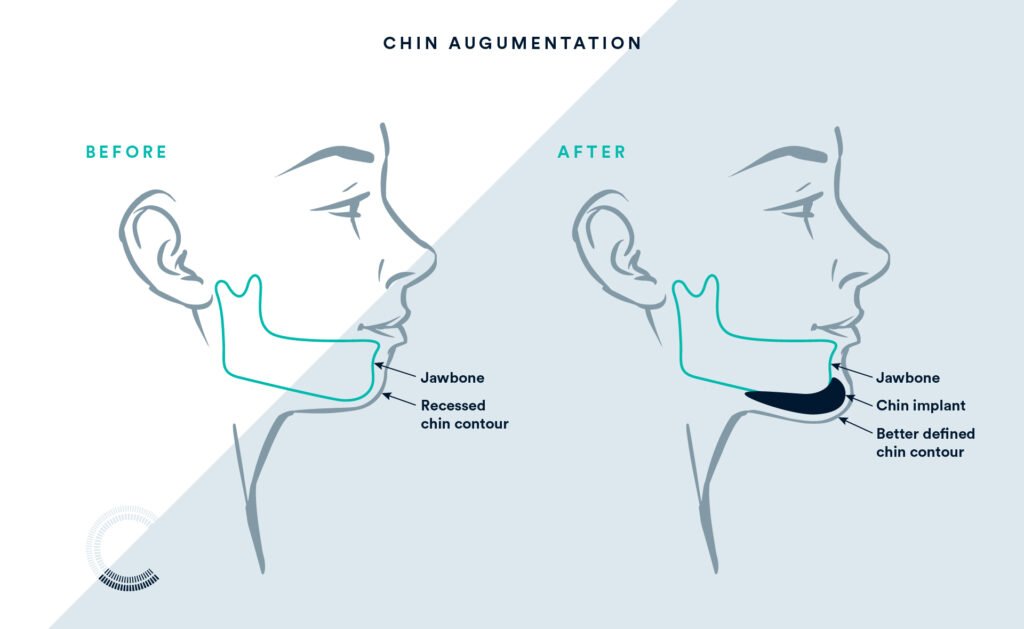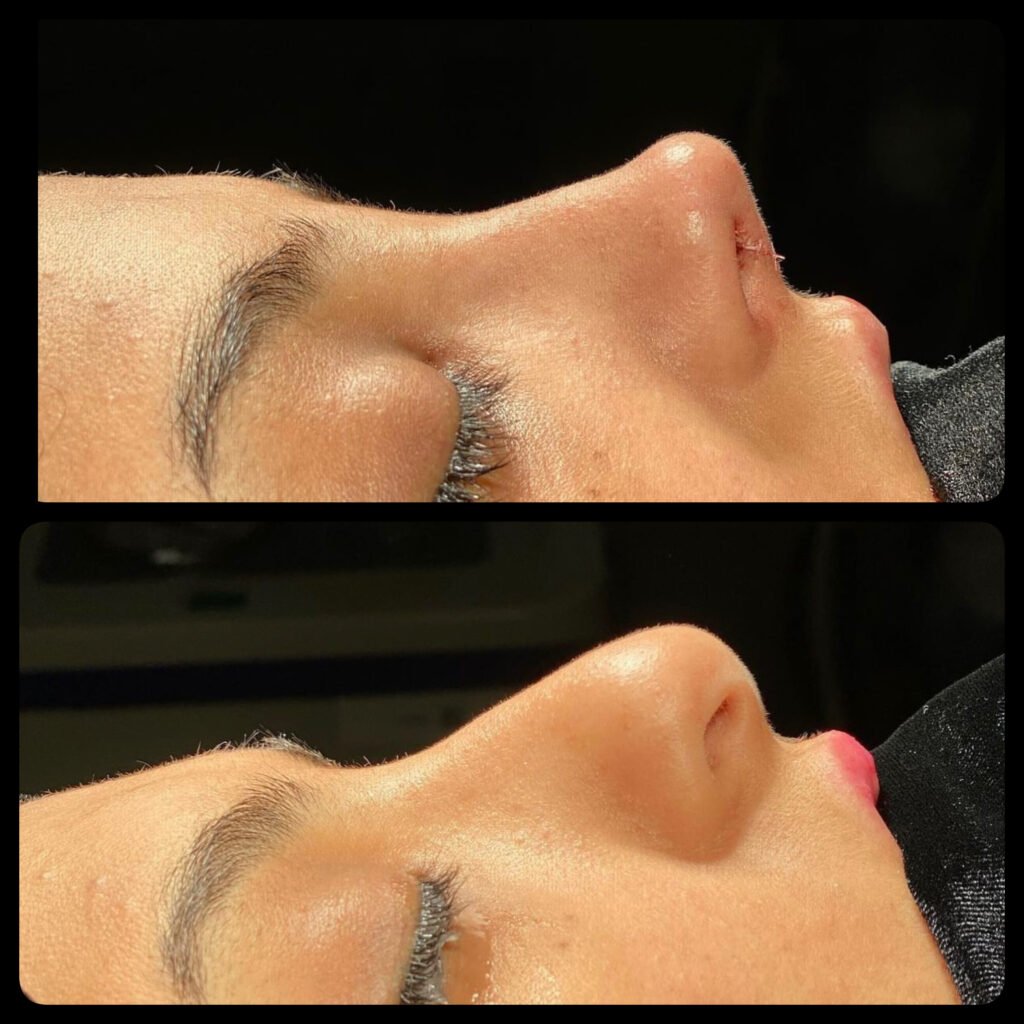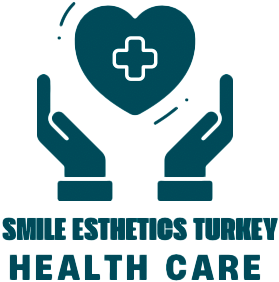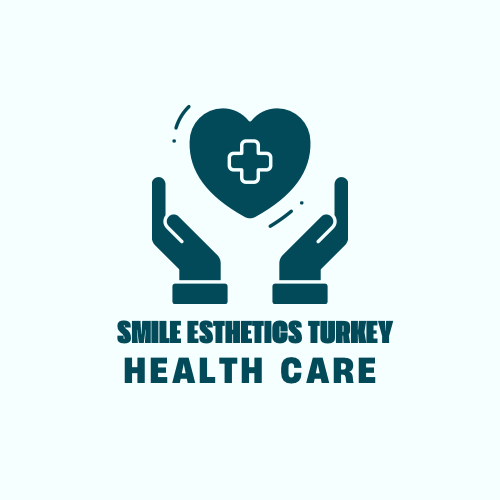Rhinoplasty Before and After
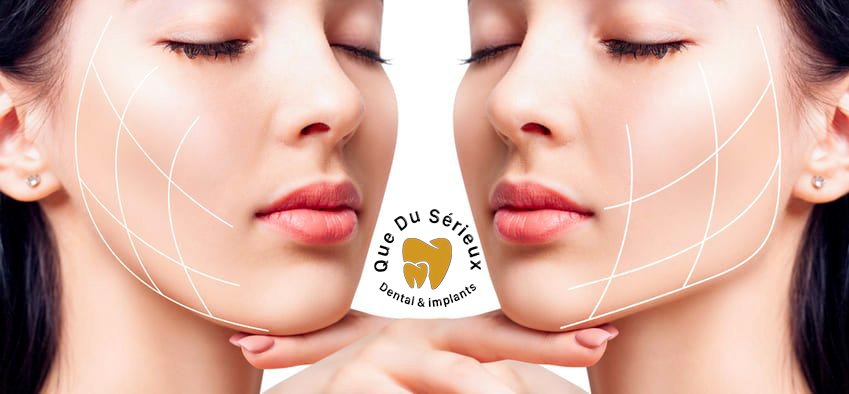
Rhinoplasty, commonly known as a nose job, is a transformative procedure. It can alter the shape, size, and symmetry of the nose, enhancing facial aesthetics
But it’s not just about looks. Rhinoplasty can also improve breathing issues, offering functional benefits. It’s a decision that requires careful thought and realistic expectations.
In this guide, we delve into the world of rhinoplasty. We’ll explore the process, the outcomes, and the recovery. We’ll also touch on the impact of adding a chin implant and focus on female rhinoplasty results.
Our aim is to provide you with a comprehensive understanding of what to expect. This will help you make an informed decision about whether rhinoplasty is right for you.
So, let’s embark on this journey of transformation: rhinoplasty before and after.
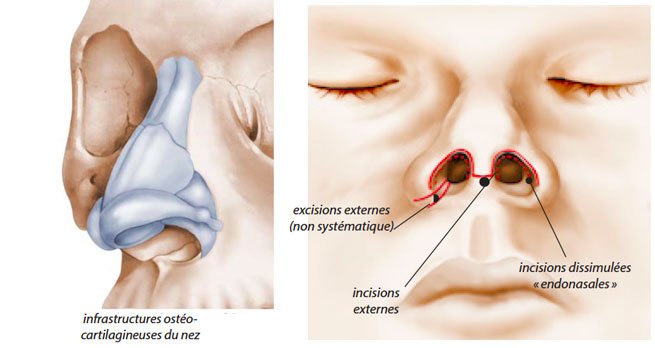
Understanding Rhinoplasty
Rhinoplasty is a surgical procedure that modifies the nose’s structure. It’s one of the most common plastic surgeries worldwide. The reasons for undergoing rhinoplasty are diverse, ranging from cosmetic to medical.
Cosmetically, rhinoplasty can reshape the nose to enhance facial harmony. It can adjust the size, width, and profile of the nose. It can also refine the nasal tip and nostrils, and correct asymmetry or deviations.
Medically, rhinoplasty can rectify breathing issues caused by structural defects. These include a deviated septum or nasal trauma. It’s a functional solution that can significantly improve quality of life.
Here are some common reasons individuals opt for rhinoplasty:
- Enhancing facial symmetry
- Correcting a crooked or deviated nose
- Reshaping a bulbous, upturned, or hooked nasal tip
- Reducing or increasing the size of the nose
- Improving breathing function
Regardless of the reason, rhinoplasty can have a profound impact on self-esteem and confidence. It’s a personal decision that should be made with a clear understanding of the procedure, recovery, and potential outcomes.

Setting Realistic Expectations with Before and After Photos
Before and after photos play a crucial role in setting expectations for rhinoplasty. They provide a visual representation of potential outcomes. However, it’s important to remember that each person’s results will be unique.
These photos can help you understand the surgeon’s aesthetic style. They can also illustrate the impact of rhinoplasty on overall facial balance. But remember, these images represent individual journeys, not guaranteed results.
Remember, the goal is not perfection, but enhancement. A skilled surgeon will aim for natural-looking results that complement your unique features.
Rhinoplasty Before and After Female: Focusing on Aesthetics
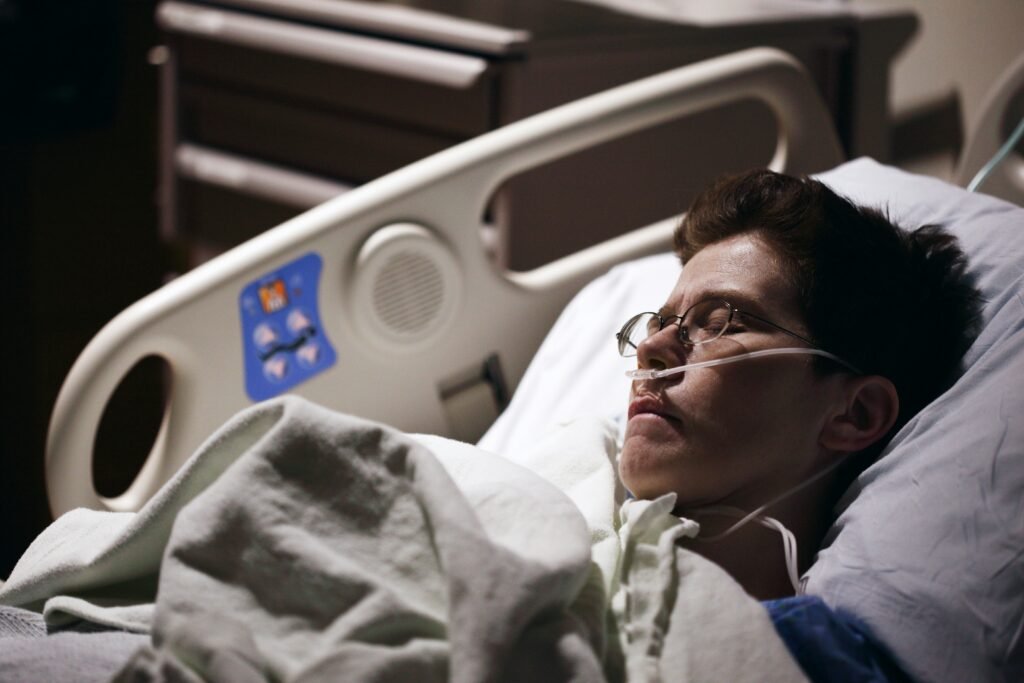
Rhinoplasty is increasingly popular among women. The procedure can address a variety of concerns, from a prominent hump to a bulbous tip.
The goal is to create a nose that fits harmoniously with the rest of the facial features. It’s not about creating the ‘perfect’ nose, but the perfect nose for you.
Remember, every woman’s face is unique. Therefore, the approach to rhinoplasty should be tailored to each individual.
Recovery and Post-Operative Care
After rhinoplasty, patients can expect a recovery period. This time allows the body to heal and the new nasal shape to settle.
During the first week, you may experience swelling and bruising. This is normal and will gradually subside.
Here are some tips to aid your recovery:
- Follow your surgeon’s post-operative care instructions closely.
- Avoid strenuous activities and heavy lifting.
- Keep your head elevated, even during sleep.
- Stay hydrated and maintain a healthy diet.
Remember, patience is key. The final results of your rhinoplasty will reveal themselves over time.

Risks and Considerations
Like any surgical procedure, rhinoplasty carries potential risks. These may include infection, bleeding, or adverse reactions to anesthesia.
There may also be specific risks related to rhinoplasty. These include nasal asymmetry, breathing difficulties, or dissatisfaction with the aesthetic outcome.
It’s crucial to discuss these risks with your surgeon. Understanding the potential complications can help you make an informed decision.
Remember, choosing a board-certified plastic surgeon can significantly reduce these risks. They have the necessary training and experience to ensure a safe and successful procedure.
Cost and Insurance Factors
The cost of rhinoplasty can vary widely. Factors influencing the price include the surgeon’s experience, the type of procedure, and the geographic location of the clinic.
Insurance may cover rhinoplasty if it’s performed for medical reasons, such as to correct breathing issues. Cosmetic rhinoplasty, however, is typically not covered. Always check with your insurance provider to understand your coverage.

Choosing the Right Surgeon for Rhinoplasty
Selecting a skilled, board-certified plastic surgeon is crucial for a successful rhinoplasty. They should have extensive experience in performing the procedure and a portfolio of before and after photos to showcase their work.
Consider the surgeon’s professional affiliations and patient testimonials. These can provide insight into their expertise and patient satisfaction levels.
Conclusion: Embracing the Change
Rhinoplasty can bring about a significant transformation. It’s not just about altering your nose, but enhancing your overall facial symmetry and boosting your self-confidence.
However, it’s essential to remember that patience is key. The final results may take several months to fully appear as the swelling subsides and the nose heals.
It’s a journey that requires realistic expectations, careful planning, and a skilled surgeon. But for many, the outcome is worth the wait.
In the end, the before and after of rhinoplasty is a testament to the power of cosmetic surgery to improve both appearance and quality of life.
It’s essential to discuss your goals and expectations with your surgeon. They can provide a realistic perspective on what can be achieved. Viewing before and after photos can be an emotional experience. It’s a glimpse into a potential future, a step towards embracing change.
The Rhinoplasty Procedure: What to Expect
Rhinoplasty is a surgical procedure that typically lasts between one to three hours. The duration depends on the complexity of the case. It’s performed under general anesthesia or local anesthesia with sedation.
The surgeon will create a personalized surgical plan based on your goals. This plan may involve reshaping the bone, cartilage, or both. The technique used (open or closed rhinoplasty) will also depend on your specific needs.
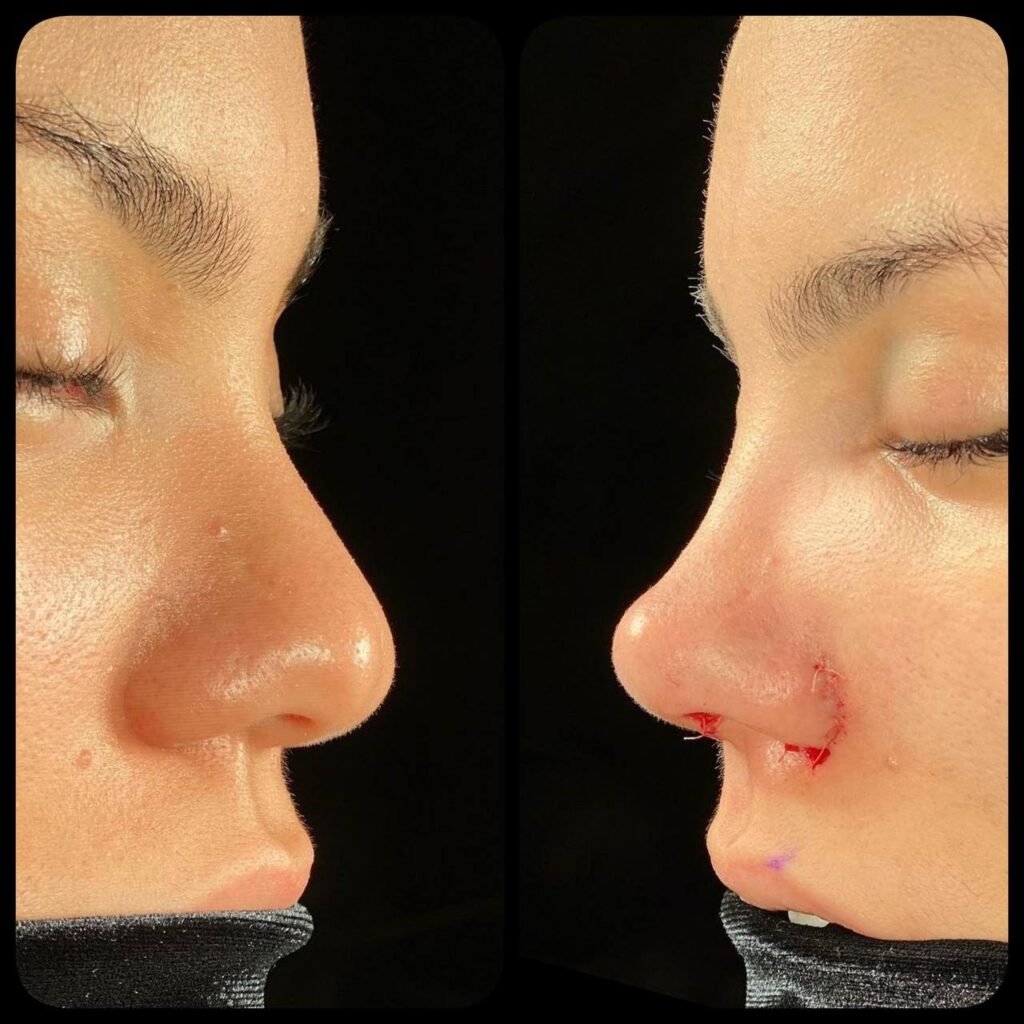
Post-surgery, you’ll likely experience some swelling and bruising. These are common side effects and will gradually subside. It’s important to follow your surgeon’s post-operative care instructions to ensure a smooth recovery.
The final results of rhinoplasty become apparent once the swelling has fully subsided. This can take up to a year, so patience is key. Remember, the journey to your new look is a process, not an overnight transformation.
Rhinoplasty and Chin Implant: A Combined Approach
Rhinoplasty can significantly enhance facial symmetry. However, for some patients, a chin implant may be recommended. This is to further improve facial balance and proportions.
A chin implant can make a remarkable difference to the profile. It can create a more defined jawline and bring harmony to the facial features. The decision to combine rhinoplasty with a chin implant is highly individual.
